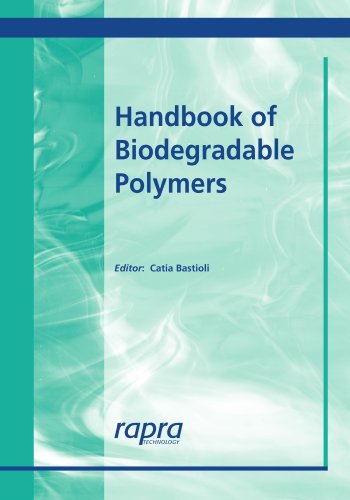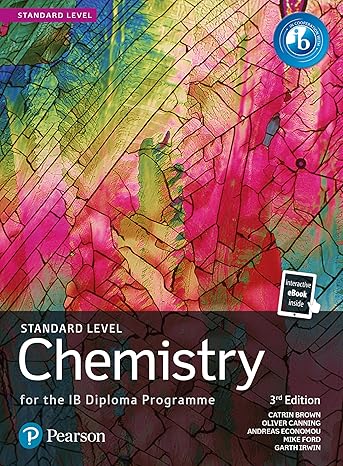دانلود کتاب Handbook of Biodegradable Polymers - Original PDF
Author:
Bastioli, Catia
0 (0)
توضیحات کتاب :
Biodegradable polymers are niche market materials finding focused applications, including agricultural applications such as mulch films, flowerpots and controlled-release fertilisers and packaging items such as carrier bags and food wrapping and containers. They have the potential to provide a solution to a range of environmental concerns: decreasing availability of landfill space, declining petrochemical sources, and also offer an alternative option to recycling. Rapra's Handbook of Biodegradable Polymers is a complete guide to the subject of biodegradable polymers and is ideal for those new to the subject or those wanting to supplement their existing knowledge. The book covers the mechanisms of degradation in various environments, by both biological and non-biological means, and the methods for measuring biodegradation. The degree and rate of biodegradation is dependent on the chemical composition of the polymer and its working environment, and so there is no single optimal method for determining biodegradation. This handbook provides discussion of international and national standards and certification procedures developed to ensure accurate communication of a material's biodegradability between producers, authorities and consumers. The book goes on to consider the characteristics, processability and application areas for biodegradable polymers, with key polymer family groups discussed.
سرچ در وردکت | سرچ در گودریدز | سرچ در اب بوکز | سرچ در آمازون | سرچ در گوگل بوک
1,172 بازدید 0 خرید










